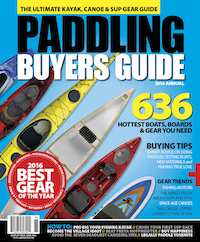According to Jacques Cousteau, it was the best marine life he ever saw in cold water.
“It” is the Browning Wall at the north end of Vancouver Island: a cliff-lined passage where complex currents whiz between remote Nigei and Balaklava islands, bringing a rich conveyer belt of nutrients to the intertidal life that clings to the rock walls. The sea stars and anemones are the size of dinner plates, not to mention oversized sea cucumbers, fiery-tipped sea slugs, spiny red urchins and scores of other creatures creating a vibrant living tapestry.

ALONG THE WALL WHEN THE SUN ROSE
I asked some friends to join me for a paddle to the wall at low tide. It was an easy sell, until they realized that low tide was at 6 a.m. Following a complex round of negotiations, promises to have coffee ready, pre-packing and setting alarms, we were along the wall when the sun rose. It was everything Cousteau had promised.
With the lustrous, low-angle morning light over my shoulder, I wedged my boat into a crevice next to three enormous sea stars, and waited for my friend Karen to paddle past. Setting my zoom lens to its widest angle, 35mm, created a strong sense of perspective. I kept the focus on the intricate texture of the cranberry-red sea stars in the foreground. Cousteau was right; in many years of mucking around in the rocky intertidal, I’ve never seen marine life like the Browning Wall.

Subscribe to Paddling Magazine and get 25 years of digital magazine archives including our legacy titles: Rapid, Adventure Kayak and Canoeroots.








